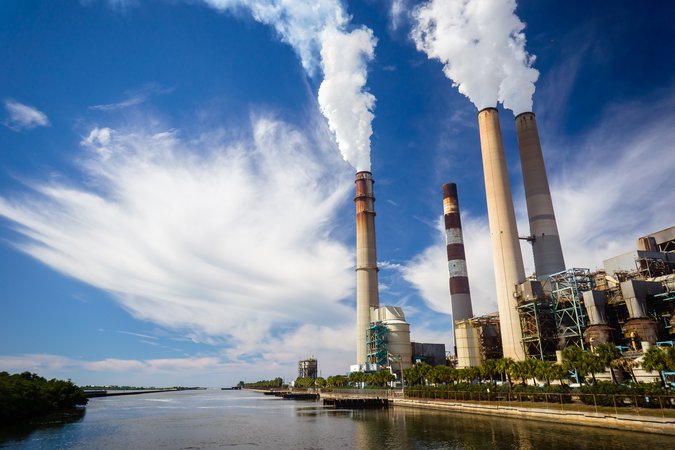Cap and Trade with a Safety Valve in the Next Climate Agreement
Cap and Trade with a Safety Valve in the Next
Climate Agreement
RFF Academic Seminar
Presenter
Larry Karp
University of California, Berkeley
Date
Monday December 7, 2009
2:00 - 3:30 P.M.
Location
7th Floor Conference Room
Resources for the Future
1616 P St. NW
Washington, DC 20036
The talk is based on a background policy paper, “Suggestions for the Road to Copenhagen” (with J Zhao) and a theory paper, “Incentives to Join International Environmental Agreements with Permit Trading and Safety Valves.”
International trade in carbon permits allocates abatement effort across developed countries and reduces aggregate abatement costs. Trade thus promotes efficiency conditional on membership in the climate agreement. Trade can also be important in providing a funding source for emissions reductions in developing countries. A safety valve (i.e., a price ceiling) together with emissions trade leads to a further increase in efficiency of the agreement, conditional on membership. A country may want to join an agreement: (i) in order to influence other members’ abatement levels; (ii) in order to influence potential members’ participation decisions; (iii) or in order to influence non-members’ abatement levels. A model that includes only the first motive (influencing other members’ abatement levels) illuminates the effect of cap and trade, with and without a price ceiling, on the incentives to participate in an international environmental agreement (IEA). Beginning at the no-trade equilibrium IEA, the introduction of either policy (trade with or without the price ceiling) tends to increase the benefit to a non-member of joining the agreement, but decreases the cost to a member of defecting from the agreement. In view of these conflicting forces, the effect of trade with or without a price ceiling appears to be ambiguous. A formal model shows that the net effect of either policy is to undermine participation incentives, leading in general to smaller equilibrium IEAs. These policies can also decrease aggregate welfare, not just the IEA size. It is possible to design a “high-powered” price ceiling that induces countries to join the agreement and leads to optimal allocation of abatement effort. This type of price ceiling is similar to an “escape clause”, studied in a previous paper.
If you have any questions, please contact Juha Siikamäki ([email protected]) and 202-328-5157.



